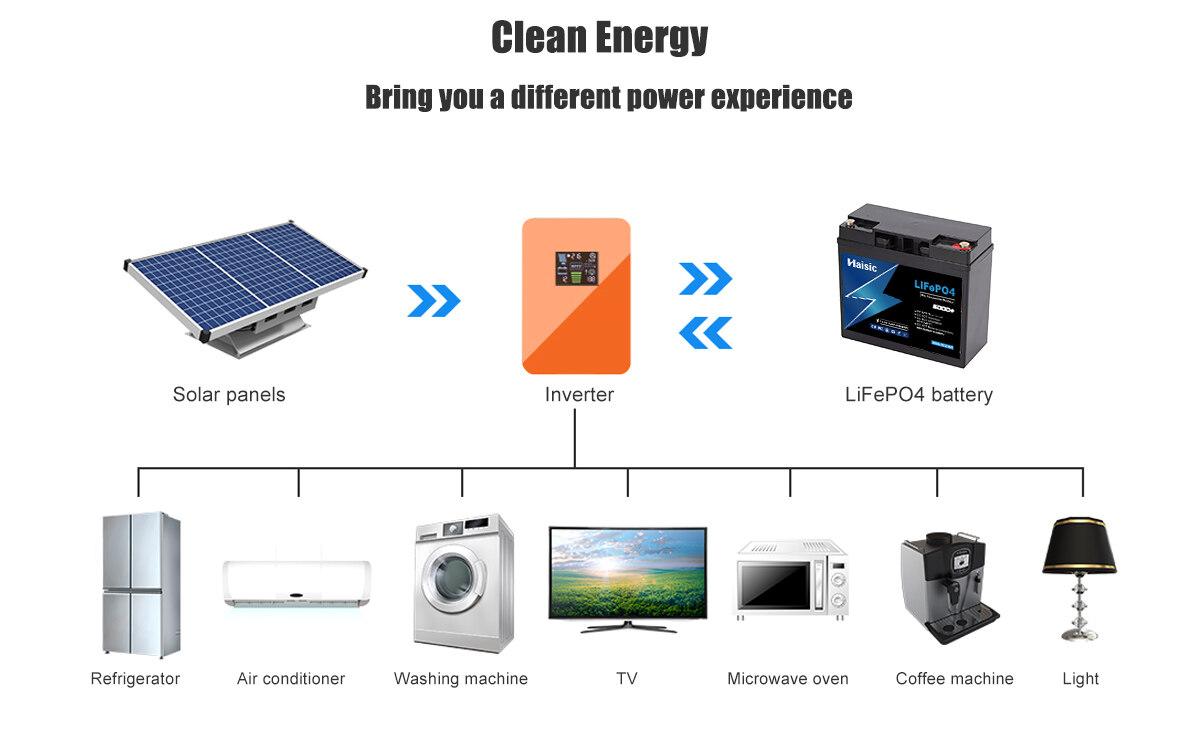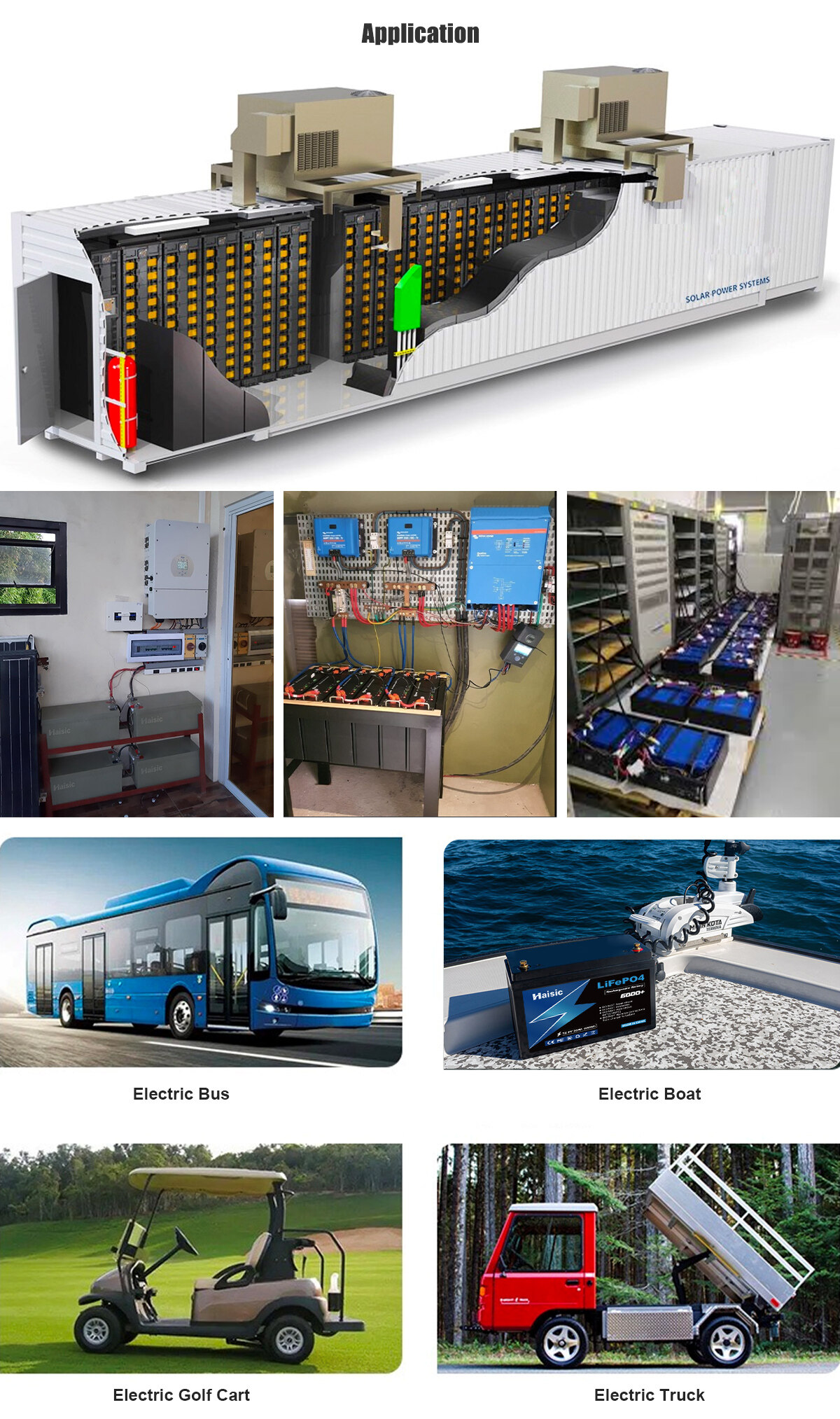Email format error
Email cannot be empty
Email already exists
6-20 characters(letters plus numbers only)
The password is inconsistent
Email format error
Email cannot be empty
Email does not exist
6-20 characters(letters plus numbers only)
The password is inconsistent

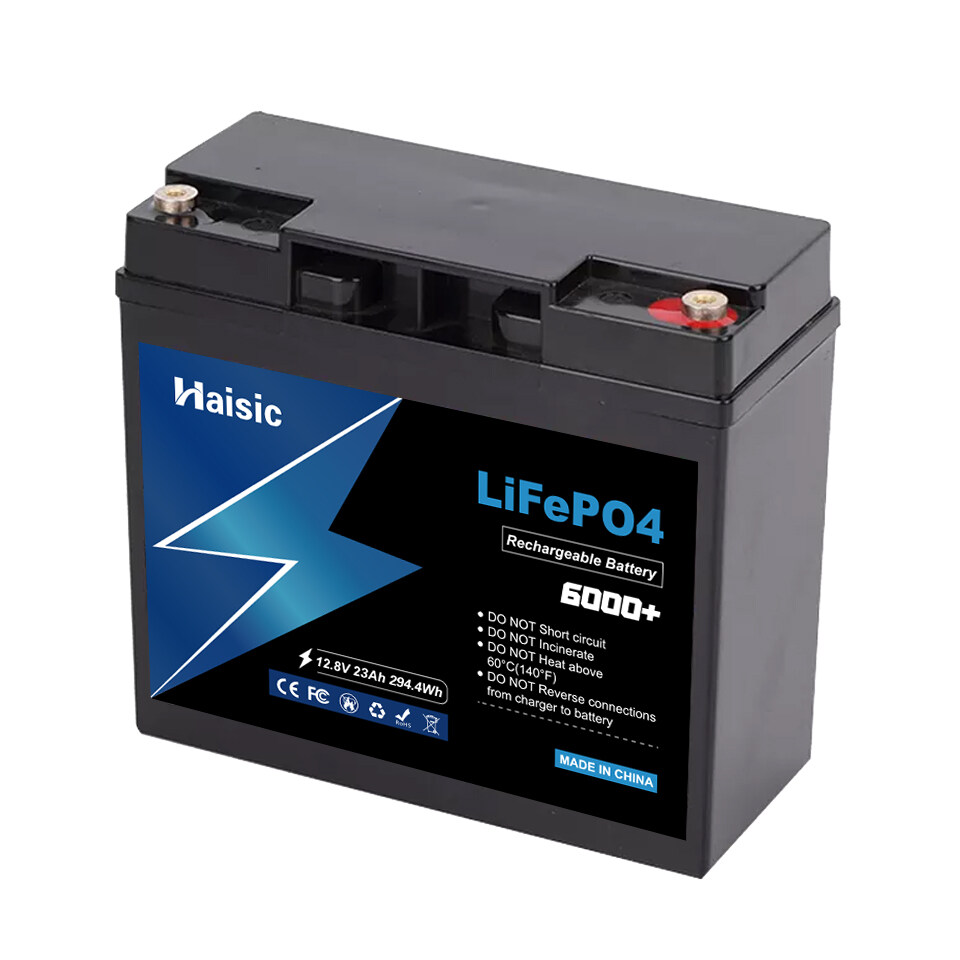
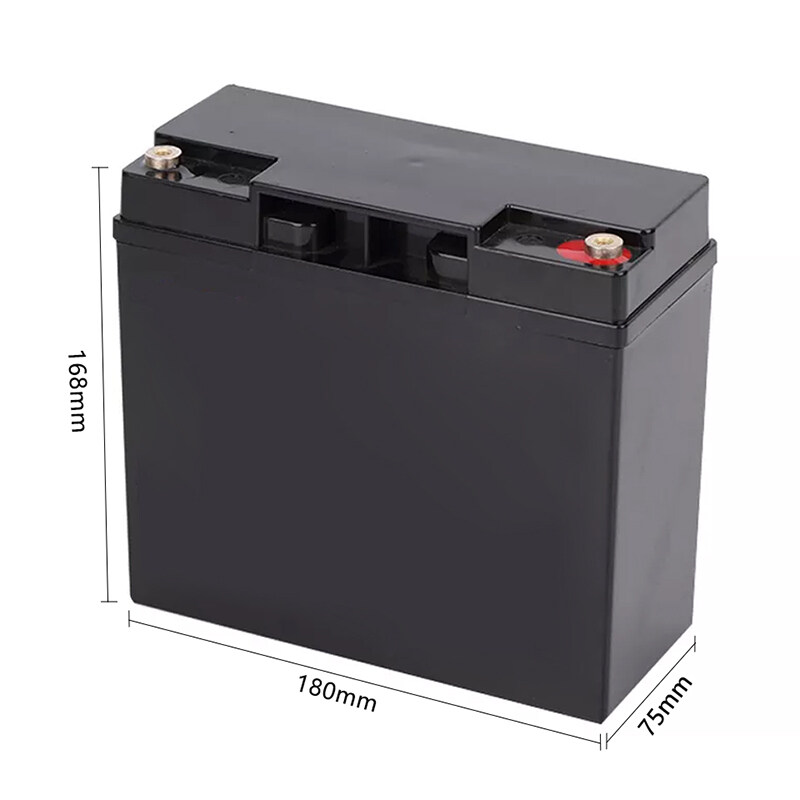
LiFePO4 batteries are also significantly lighter. They are typically one-third to one-half the weight of a lead-acid battery. Because two or three LiFePO4 batteries equal the weight of one lead-acid battery, you can scale up your battery bank. They also have a higher usable capacity, which improves their weight-to-power ratio.
What Is Solar Battery Storage?
First, let's simply define solar battery storage. Solar panels convert sunlight into energy, but you can't always count on having enough sunlight to provide consistent power on demand. If it's overcast or nighttime, you'd be out of luck without a good battery.
When the solar panels absorb the power, it is transferred to the battery until it reaches capacity. You can use the power stored within when it's overcast or night and rely on fresh solar power when it's sunny. The battery can also provide a larger amount of energy for a short period. It is possible to run a 1200-watt microwave on a 300-watt solar panel, but only if you have a battery to store and provide the larger amount of energy for a shorter period.
The battery is the heart of the solar system because none of the other components are much help without it.
Why LiFePO4 Batteries Are the Best Batteries for Storage Power Storage?
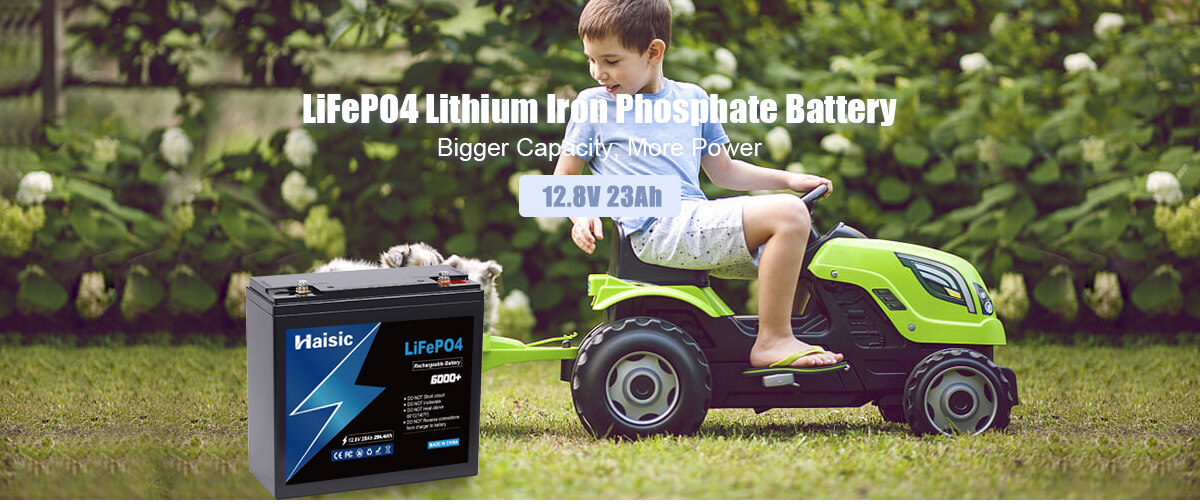
Product parameters
| Model | HS-12.8V23Ah |
|---|---|
| Application area | Outdoor and indoor UPS and battery back up systems; Portable and cordless household appliances; Medical equipment; Motorcycles, toy cars; Camping trailers, RVs, etc. Lighting equipment, emergency lights, etc. And many other applications |
| Cell Type | LiFePO4 |
| Volt | 12.8V |
| Capacity | 23Ah |
| Charge Voltage | 14.6V |
| Maximum Continuous Charging | 23A |
| Maximum Continuous Discharge Current | 23A |
| Weight | 2.369KG |
| Size | 180*75*168mm |
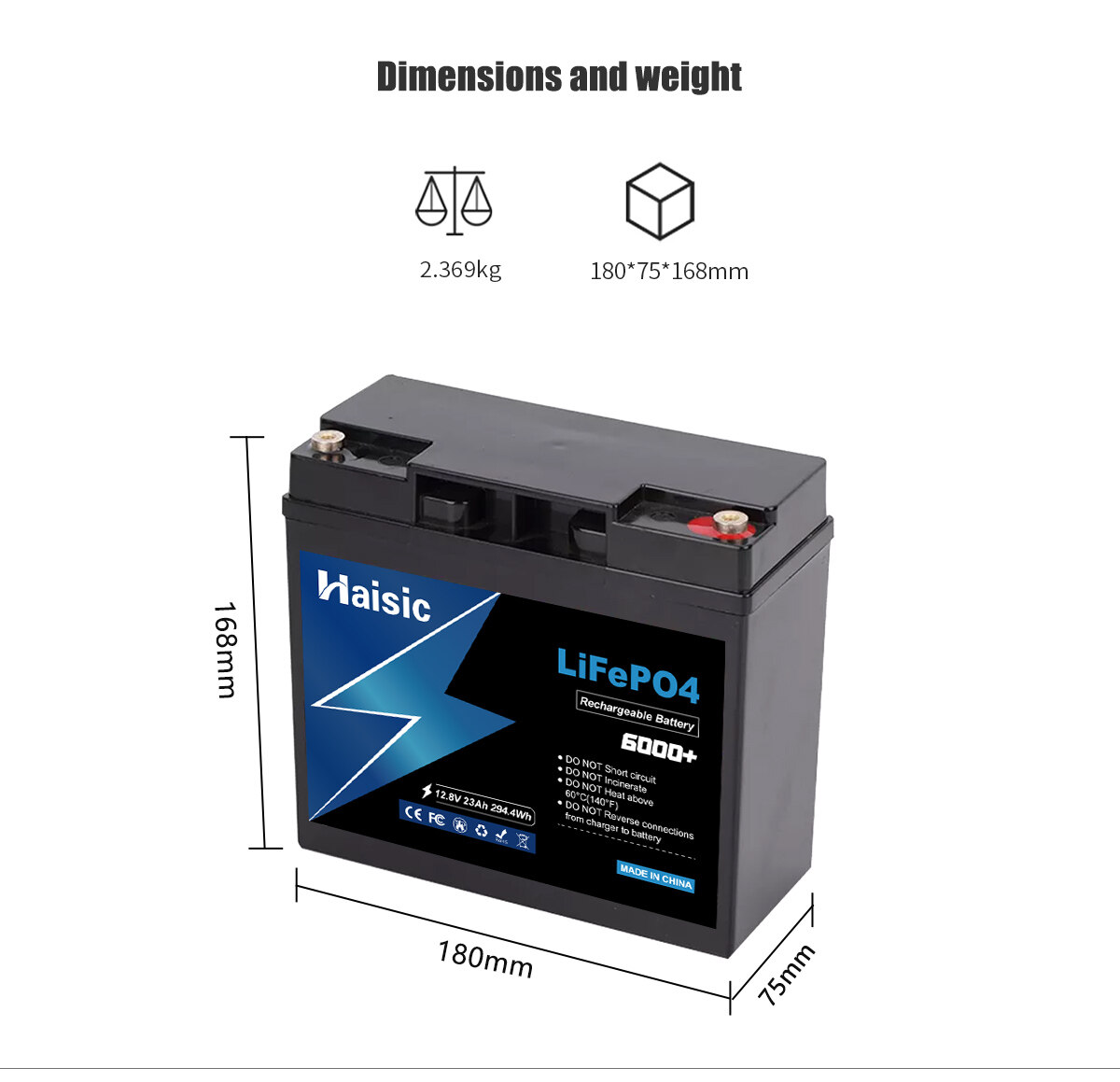
Long Battery Life
Battery life is where LiFePO4 batteries make up for the higher initial cost. A high-quality LiFePO4 is designed to last 3000-5000 cycles of deep discharging and still retain 80% of its original capacity. This is critical for a solar system because the batteries are used every single night and recharged every day.
In reality, the battery life cycles are even higher as most discharges are not full. 10,000-15,000 cycles are common for LiFePO4 in a solar application making them good for many years.
Little to No Maintenance
Because our LiFePO4 batteries come with a built-in battery management system, they're highly efficient. This also means that they require little to no maintenance. Even if you're using your battery for RVing or marine capacities with constant movement and jostling, LiFePO4 batteries still hold up well.
Lightweight
LiFePO4 batteries also come with considerable weight savings. They generally weigh about one-third to one-half of what a lead-acid battery weighs. This means you can ramp up your battery bank since it takes two or three LiFePO4 batteries to equal the weight of one lead-acid battery. They also have more usable capacity, which maximizes their weight-to-power ratio.
Fast Charging Time
LiFePO4 batteries offer lower resistance, and they don't require a float charging cycle. So they charge much faster than lead-acid batteries. When you're relying on solar power, a battery that recharges faster is significant. If there are only a few hours of pure sunlight per day where you are, a shorter charge time is gold.
Environmentally Friendly
LiFePO4 batteries are non-toxic and recyclable. Many of us want to use solar energy for its environmental benefits, so it only makes sense to utilize solar battery storage that's not detrimental to the environment. There are fewer gas emissions from them and no risk of acid spills.
